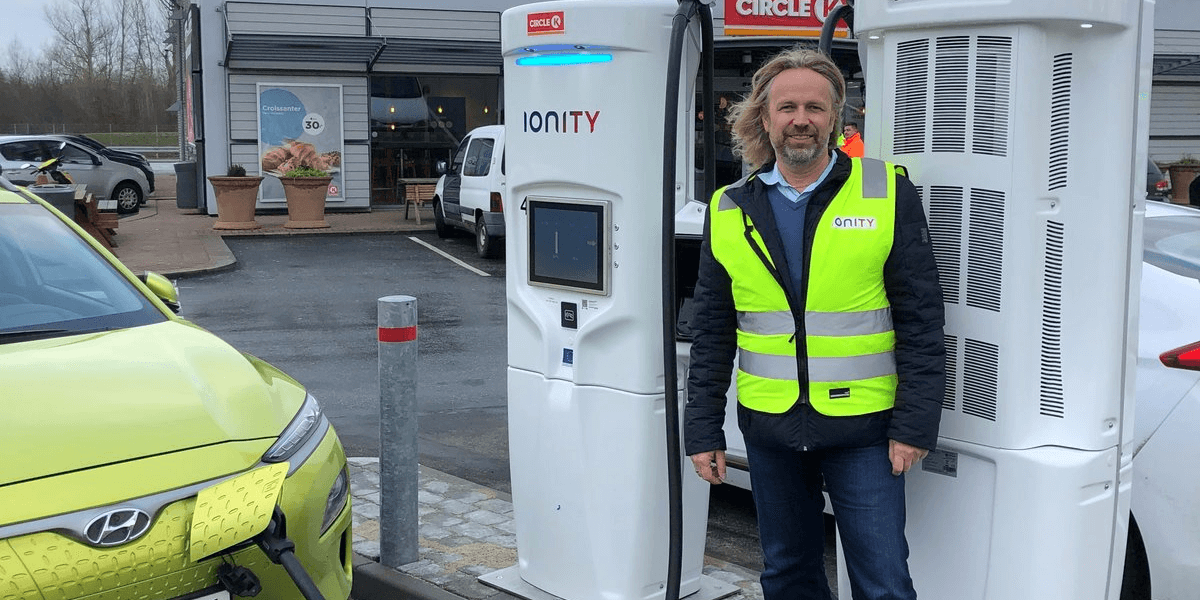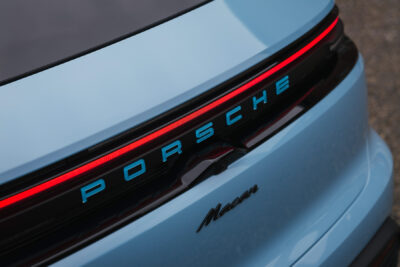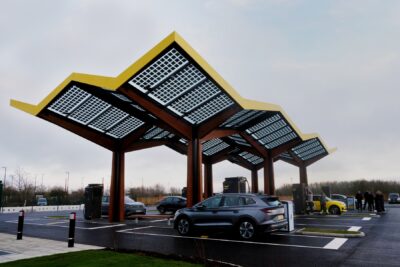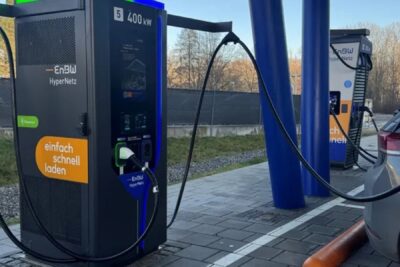Tritium equips its Ionity sites with liquid-cooled cables
Tritium is refitting its chargers at Ionity charging sites with liquid-cooled cables that will enable charging capacities of up to 350 kW. The first site with the new cables was recently opened in Nyborg, Denmark, as Ionity has confirmed to our German colleagues at electrive.net.
Until now, high power chargers from the Australian manufacturer Tritium have been limited to a current of 200 amperes, enabling charging capacities of up to 80 kW (vehicles with 400 V onboard networks) or 160 kW (at 800 V). This was because they lacked liquid-cooled cables.
Last year, some users noticed that the Ionity sites with Tritium chargers did not allow more than 80 kW. On request, electrive.net learned that the Australians had not yet been able to install the liquid-cooled cables. When this would change was unclear at the time, but now we know: Tritium will gradually retrofit all corresponding locations with cables and plugs from Phoenix Contact. The cables include plugs in one unit since the cooling must occur all the way up to the contact points of the plugs.
Ionity charging parks with ABB High Power Chargers have always been able to provide the full charging capacity of up to 350 kW for electric vehicles with an 800-volt onboard power supply or 175 kW at 400 volts. ABB used liquid-cooled cables from Huber+Suhner right from the beginning.
Now the only thing missing are electric cars that can handle charging capacities over 150 kW. The Porsche Taycan will be the first model to be able to do this. According to our information, the Taycan will initially be launched on the market with a DC charging capacity of up to 250 kW.
Reporting by Daniel Bönnighausen on electrive.net





0 Comments